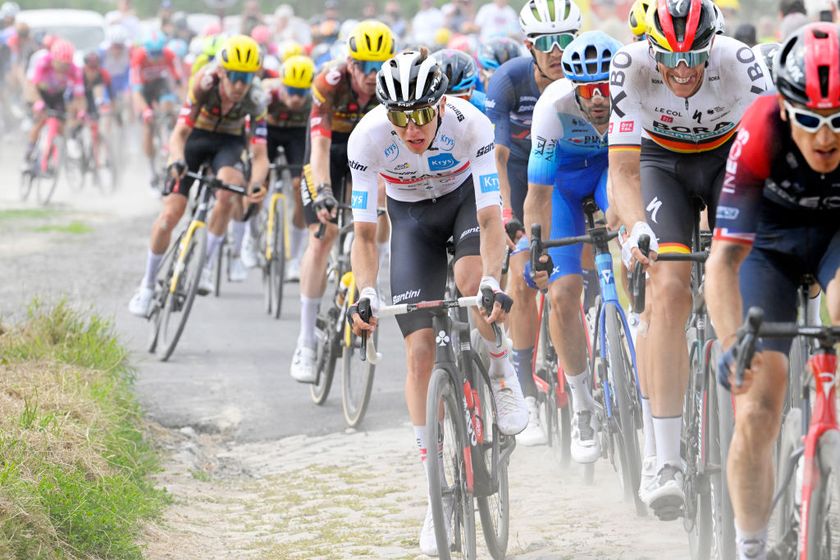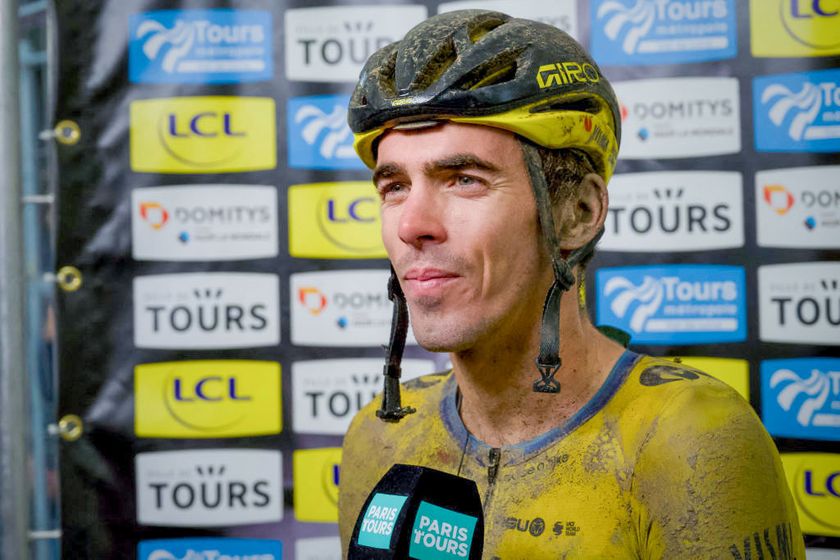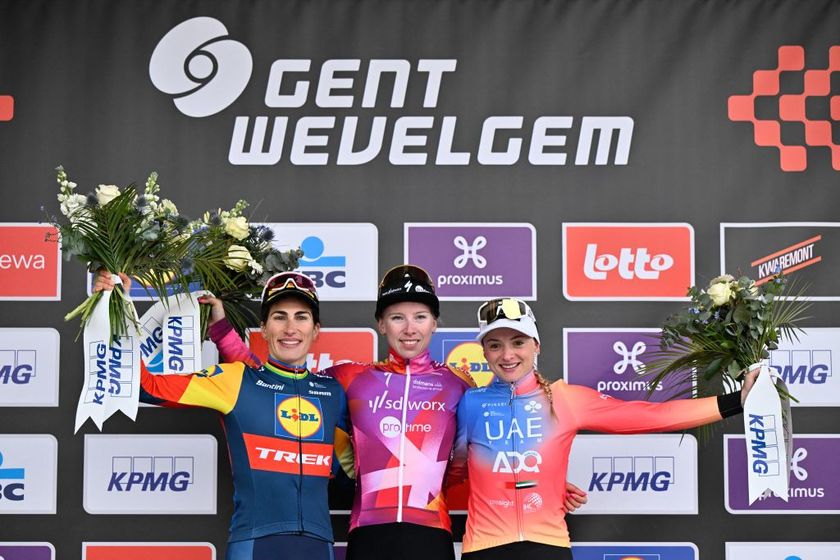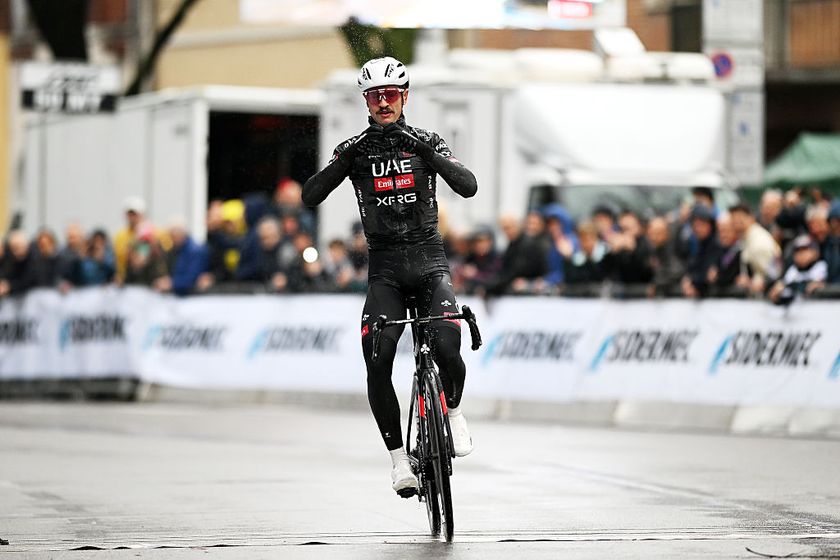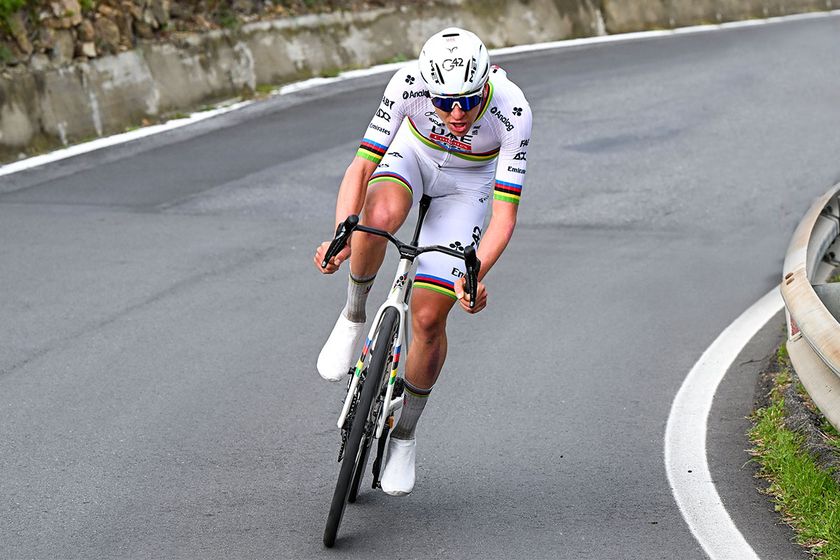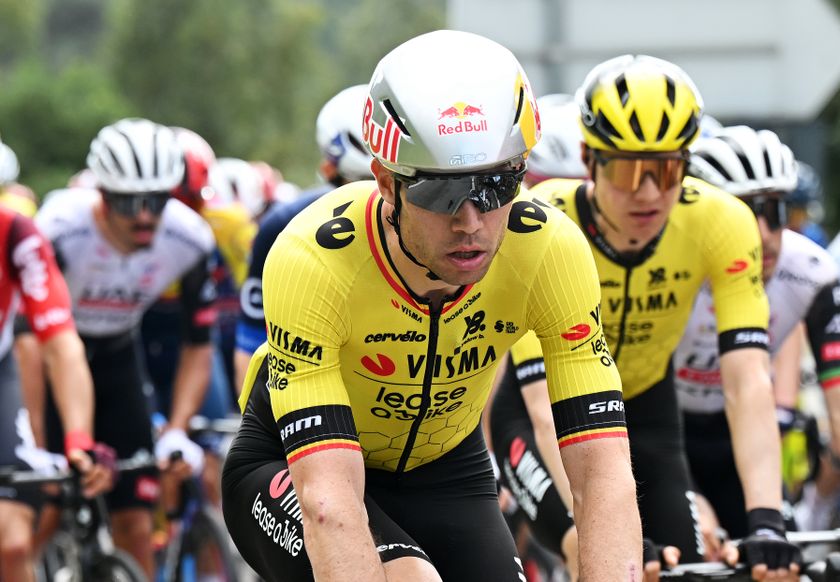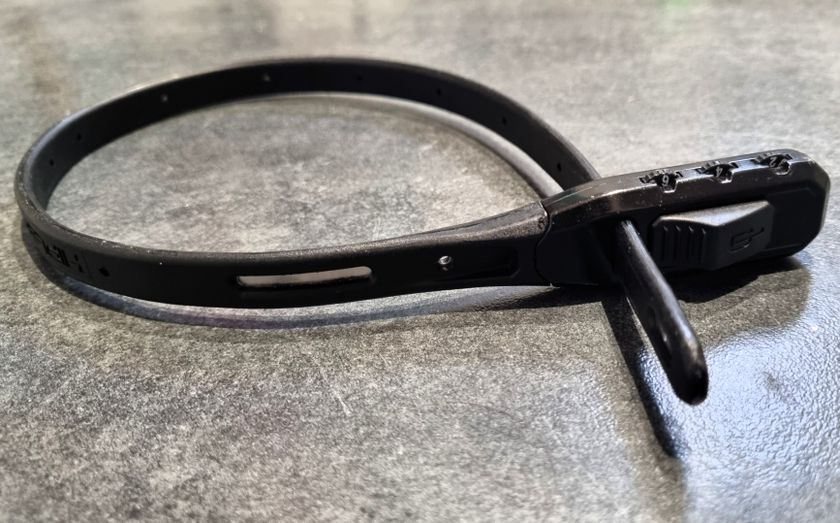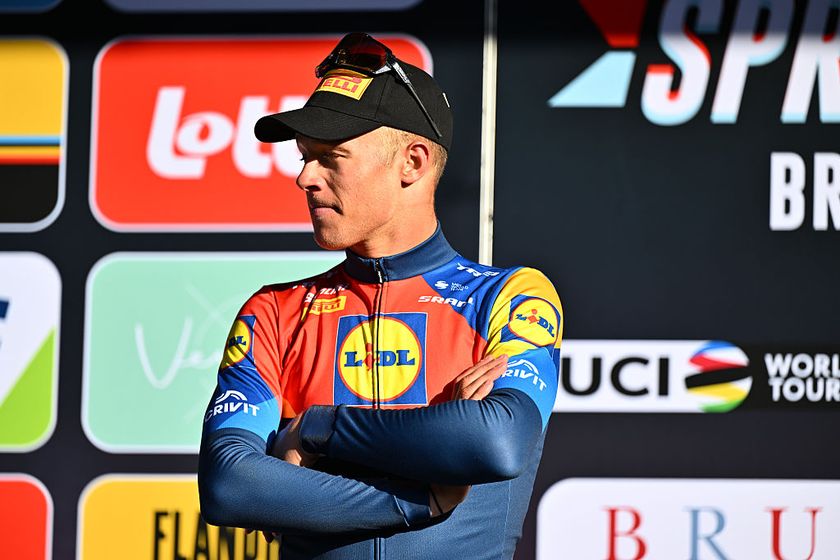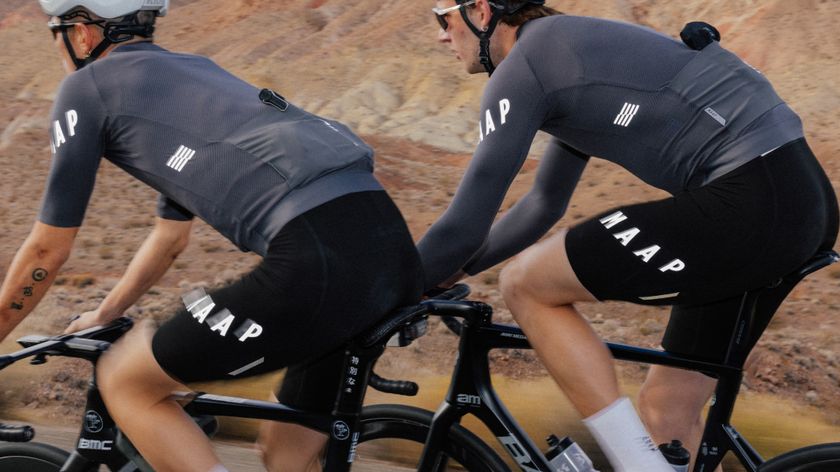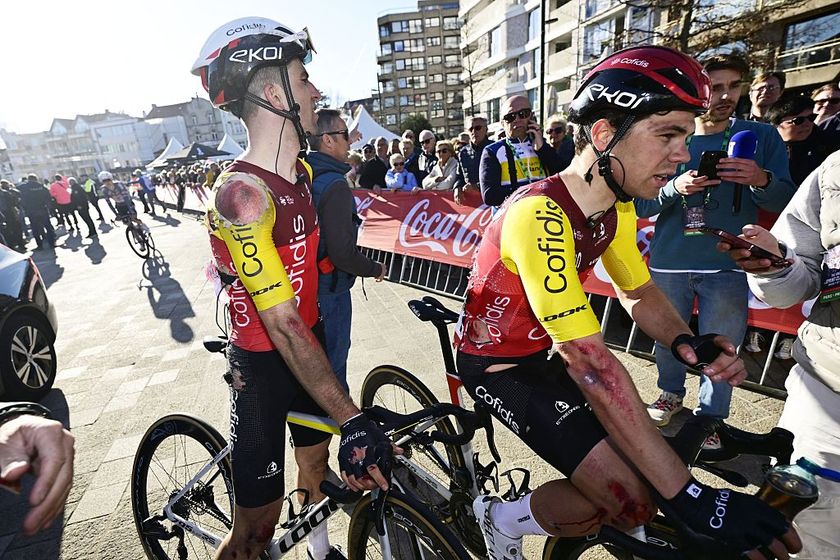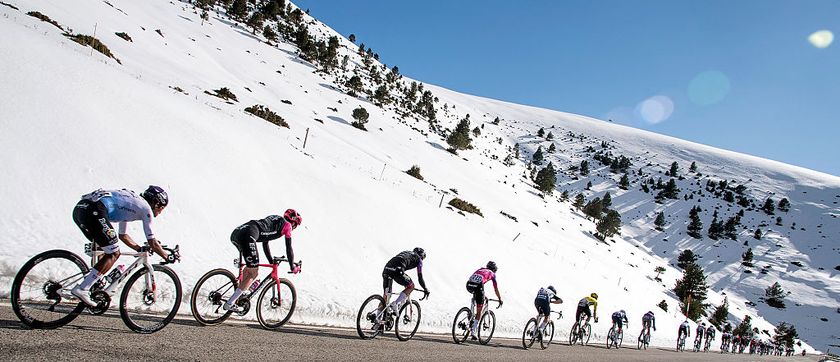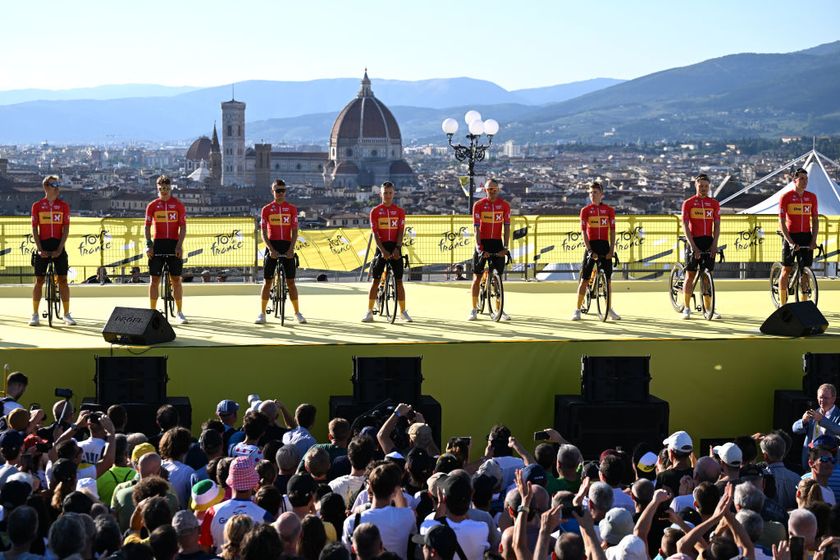Rodriguez predicts serious attacks on Vuelta's first major mountain stage in Andorra
'Anybody with ten metres of an advantage at the top won't get caught'





The Vuelta a España's first major incursion into the mountains on Monday is certain to cause fireworks among the GC riders, predicts former multiple Vuelta podium finisher and longstanding Andorra resident Joaquim Rodriguez.
The stage features 3,000 metres of climbing and has a 20-kilometre ascent of the long, but not excessively tough, first category Col de La Perche in France early on. As a result, the weakest riders could find themselves in trouble well before la Vuelta's stage 3 briefly dips into Spain and then, after a lengthy trek along a Pyrenean plateau, hooks back northwards into Andorra on the valley road from the Catalan frontier town of La Seu D'Urgell.
However, Rodriguez, now an advisor with the Bahrain-Merida team, argues that it is the combination of the first category Col de la Rabassa, with its summit 28 kilometres from the finish and, above all, the second Category Alt de la Cornella, seven kilometres from the finish in Andorra la Vella, that can really do damage.
"It's a strange stage, because normally we have summit finishes in Andorra, but this time, unprecedentedly, the finish is in the middle of town, and that'll make it more difficult and nervous than usual," Rodriguez told Cyclingnews.
He concurs with the well worn theory that such an early mountain stage is not a day to win the Vuelta, but certainly one where it can see a GC rider's options go up in smoke for good. "If a rider finds themselves in trouble on the Rabassa, or even the Cornella, they can lose a heck of a lot of time in a very short distance."
Tactically, too, the race could see some interesting developments, argues Purito, whose experience in Vuelta racing and stage routes does not just come from a lengthy career that ended last year. Rodriguez also co-designed the 2015 Vuelta stage in Andorra, dubbed the hardest ever stage in the modern-day history of Grand Tour racing.
"The Rabassa is not that hard, but the Cornella, which is shorter, is much tougher. If you've got 10 metres of an advantage at the top of the Cornella, then it'll be almost impossible to catch you on the descent," he said. "The Rabassa's hardest part is when it starts, although it's on broad roads so you won't get caught out at the start as you would if it was narrow. The first half is the hardest up until about kilometre five [of 13] after which it becomes much steadier.
Get The Leadout Newsletter
The latest race content, interviews, features, reviews and expert buying guides, direct to your inbox!
"Then on the Cornella, the last 800 metres before the summit are very hard and somebody who knows exactly where to attack could do some real damage, particularly if they go on giving it some gas on the descent on the first few bends. There are some full hairpins [known as paellas in Spanish cycling because of the circular form of paella dishes - ed.] five or six maybe, but the paellas aren't blind corners, you can see them coming and they're not too technical. So you could get away there for sure."
The weather, perhaps, is the most unpredictable factor of all on what Rodriguez says will be an unpredictable day. "The descent isn't dangerous, in fact, either off the Rabassa or the Cornella, because in all of Andorra the road surfaces are built to resist serious rainfall. But if there is a thunderstorm, that always raises riders' stress levels."
Thunderstorms, Rodriguez warns, are more frequent than you might expect in this part of the world. "In Andorra, at the end of August normally you get thunderstorms at the end of the afternoon, just like the enormous one we had in the 2016 Tour when [Tom] Dumoulin won," Rodriguez points out.
As of Sunday evening, the current weather forecast was for a relatively warm 27 degrees and sunshine, and there was no mention of rainfall at all. But in the mountains everybody knows the weather can change very fast. Fans with longer memories may recall in 2013 when the Vuelta reached Andorra that August, after days of 30 degrees baking heat, suddenly the race ran into a terrible thunderstom, with some riders ploughing through sleet, rain and enduring near-freezing temperatures, dropping to four degrees at the summit of the Envalira.
As many as 14 riders abandoned, some with hypothermia, in what Juanma Garate, then a pro of 14 years standing and now a Cannondale-Drapac DS, called "the coldest day I've ever experienced on a bike." and the equally doughty Alejandro Valverde (Movistar), who all but fainted from the cold, called conditions "inhuman."
Monday's weather then is one big unpredictable factor and so, too, is trying to decide who, if anybody, among the GC contenders wants to strike such an early blow in the race. Regarding possible winners, Rodriguez tips "Dani Moreno (Movistar) or Esteban Chaves (Orica-Scott), somebody who lives in the area and who knows exactly where to attack." He smiles a little enigmatically and does not answer when it's suggested that a certain rider in Bahrain-Merida, Vincenzo Nibali, could put in one of his legendary downhill attacks. But there's no doubt that if the Shark of Messina is on form, the Cornella could be the ideal place to bite a few chunks out of his rivals.
Alasdair Fotheringham has been reporting on cycling since 1991. He has covered every Tour de France since 1992 bar one, as well as numerous other bike races of all shapes and sizes, ranging from the Olympic Games in 2008 to the now sadly defunct Subida a Urkiola hill climb in Spain. As well as working for Cyclingnews, he has also written for The Independent, The Guardian, ProCycling, The Express and Reuters.
